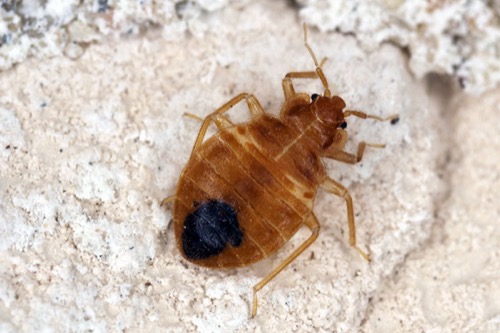
Bed bugs are parasitic insects that feed on blood, thus attracting them to humans. Bed bugs can bite and cause rashes. They like to hide in warm spaces, including the cracks and crevices of mattresses, furniture, and bedding.
It is important to identify what bed bugs look like before you begin treating for the pests, as there are other insects that can be mistaken for bed bugs that require a different treatment plan. The good thing is that bed bugs are visible to the human eye.
Read our guide below to learn how to identify bed bugs, including
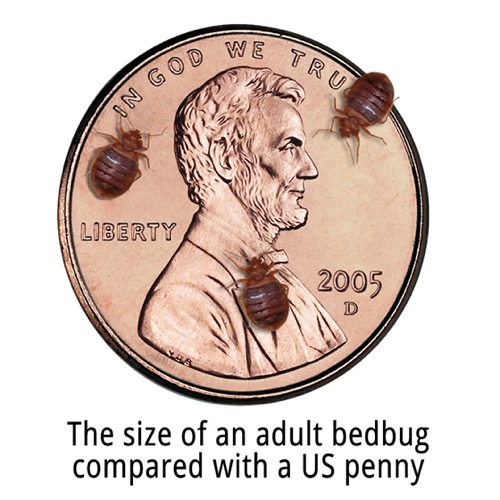
Bed bugs are tiny and vary in size based on their stage in the life cycle. Immature, or nymph, bed bugs range from 2-5 millimeters in length while fully grown adult bed bugs are a quarter of an inch long or larger, generally the size of an apple seed.
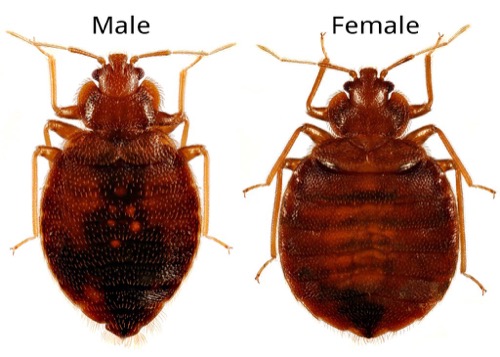
Adult bed bugs have a flat, oval-shaped body, six legs each, two antennae, and do not have wings.
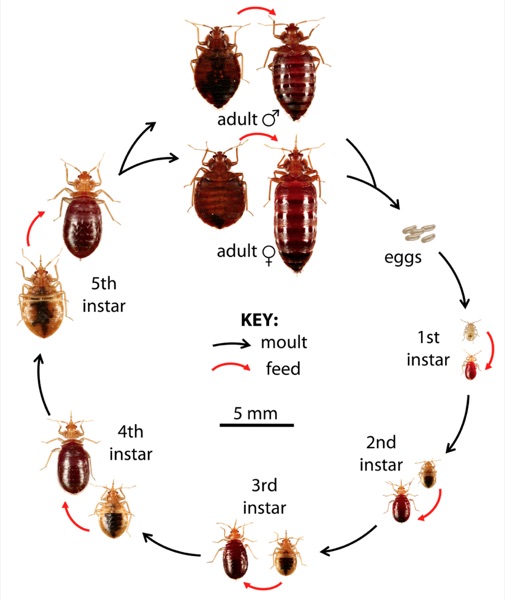
Nymph (immature) bed bugs are translucent in color. After feeding, a nymph will have a bright red translucent abdomen that will fade to brown and eventually black as it digests its meal. As nymphs mature into adults, they molt and become a darker brown. Adult bed bugs are a rusty red/brown color.
Bed bug eggs are a light cream color.
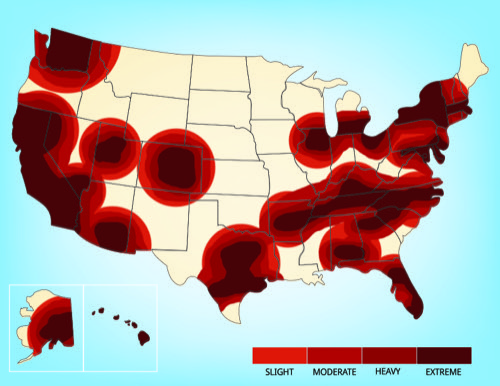
Bed bugs can be found across the United States and are most prevalent in cities and large travel hubs, hence the need for bed bug control. However, bed bugs can still be found in small towns and remote locations.
Male and female bed bugs mate by what is called traumatic insemination. The traumatic insemination takes place by basically stabbing the female's abdomen with a specialized hardened reproductive organ. Once fertilization occurs the female contains viable eggs for 5-7 weeks. After around three days of feeding, the female begins to lay eggs. The female bed bug continues to feed as she lays eggs, producing between 1 to 12 eggs per day for up to 10 days before seeking out another blood meal. Bed bug nymphs will hatch around 6-17 days later, and can feed immediately after hatching.
Bed bugs can be spread to new host areas by clinging to luggage or clothing, by being moved with furniture, or by hiding in laundry that moves from one location to another. Their range is also expanded by reproduction and the production of eggs, which are usually deposited in small cracks and crevices along bed frames, baseboards, and carpet linings. The female lays the eggs with an adhesive layer to assure that the eggs will stay in place. Bed bugs usually live for a year to a year and a half. Three or more generations can occur each year.
To stop bed bug reproduction and spread, use an IGR (insect growth regulator). For bed bugs, we specifically recommend using Gentrol IGR.







